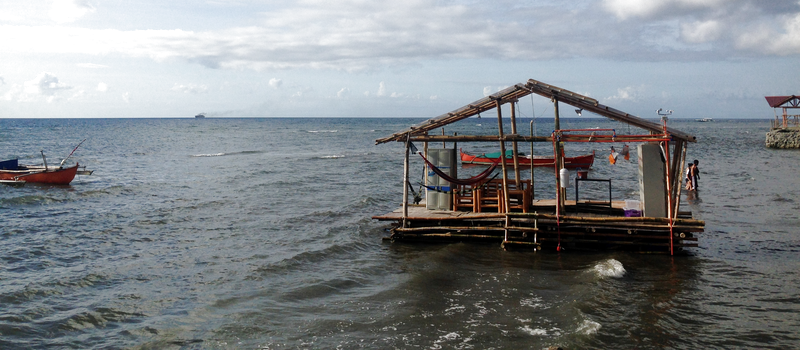It’s a boat! It’s a hackerspace! It’s a DIY research platform and an art gallery! It’s Boat Lab!
[Andrew Quitmeyer] lead a project in the Philippines that was nominally charged with making an art and technology space. After a few days brainstorming, four groups formed and came up with projects as wide-ranging as a water-jet video screen and a marine biology lab. What did they have in common? They were all going to take place on a floating raft hackerspace in a beautiful body of water in Manila.
This is a really crazy meta-project, and any of the sub-projects would be worth their own blog post. Even more so is the idea itself — building a floating hackerspace is just cool. The write-up on Hackaday.io linked above is pretty comprehensive, and the “Waterspace” book talks a bit more about the overarching process. Boat Lab is a great entry into the Citizen Science phase of the Hackaday Prize 2016.
But we also love the idea of hackerspaces in non-traditional places. The Cairo Hackerspace is working on a van-based space. And now we’ve seen a boat. What other mobile hackerspace solutions are out there? We’d love to hear!




















Hmm, did I see Kevin Costner there with gills behind his ears?
A hydrophone made from a electret microphone could be hanging over the side and used to record aquatic sounds at least over night. They are only rated up to 20kHz, but I’ve tested some up to 125kHz ( https://i.imgur.com/oNDudks.png?1 – My problem is how to generate a clean flat ultrasound to test the microphones, what I’ve tried so far [piezoelectric speakers] have drop out over parts of the frequency range, and I know that the microphone works at these frequencies that the speaker is silent because it can see ultrasound from a HC-SR04 https://i.imgur.com/ElJ8QhR.png?1 ) and beyond, up to even 8MHz! I’m sure that the frequency response is no where near linear. at least after 20kHz, but it is interesting anyhow, even with a non linear response.
Covered in silicone, an electret should work fine under water And with the increased density of water the signals picked up would be much stronger than in air.
Have you considered trying to make ultrasonic tuning forks to test the dead spots?
Now that is an interesting idea – ultrasonic tuning forks.
It’s been done!
http://www.zenith.com/remote-background/
Now you have me thinking in a different direction. About removing the metal laminates from a transformer core. Disconnecting the secondary.
Replacing most, but not all, of the laminates loosely and making a ultrasonic bell that will vibrate and generate some audio at whatever AC frequency I put
through the primary coil. I’ll need to add some protection between the laminations and the coils to prevent it from ripping itself apart.
The BoatLab is actually in dumaguete. :)